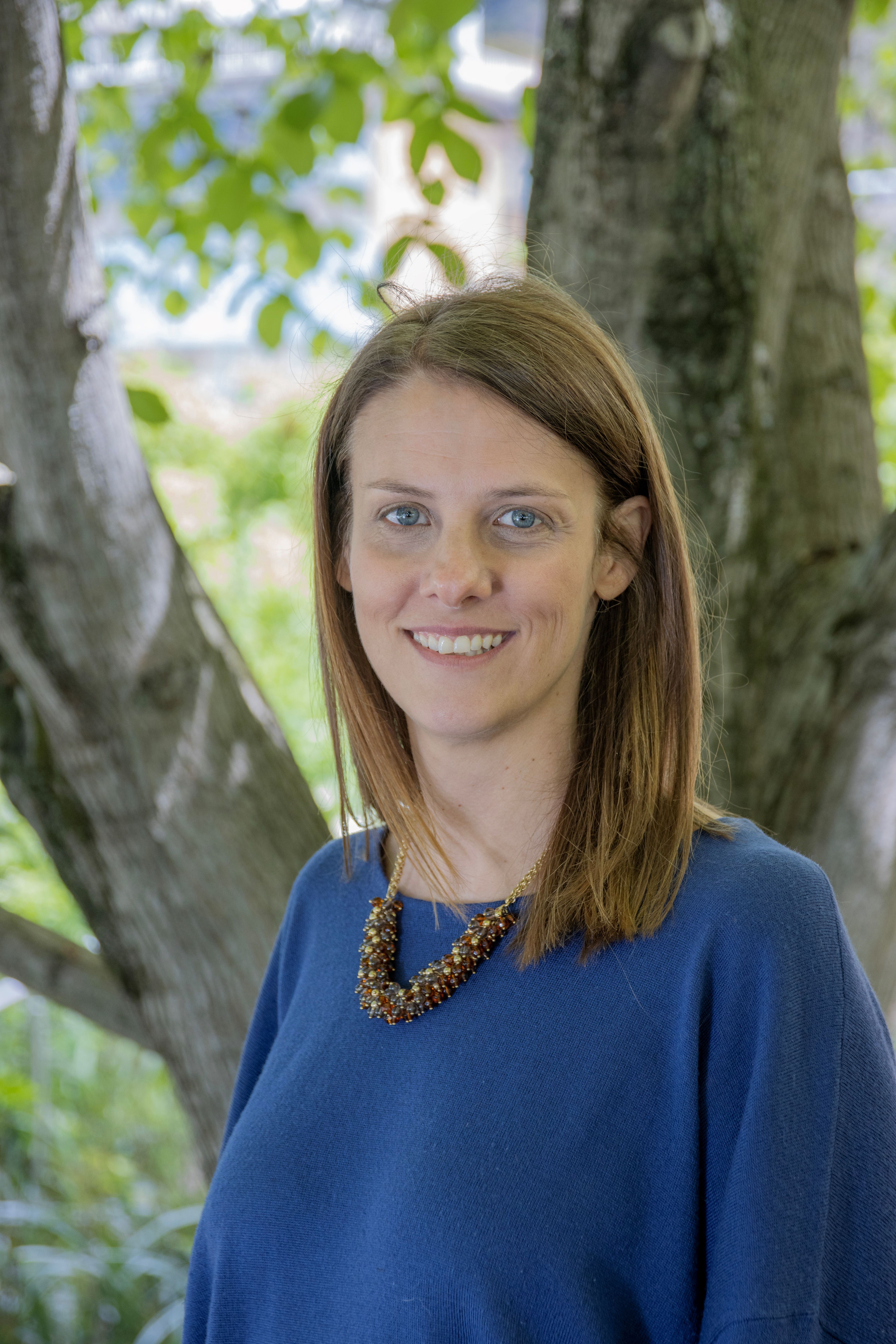IUCN WCPA Spatial Planning Task Force

Overview and description
- Description:
-
The WCPA Spatial Planning Task Force provides guidance on how to achieve the Kunming-Montreal Global Biodiversity Framework Targets while implementing participatory and biodiversity-inclusive spatial ...
Group leadership
Dr Hedley GRANTHAM
Dr Vanessa ADAMS
Target 1 of the Global Biodiversity Framework calls for all countries to ensure that “all areas are under participatory, integrated and biodiversity inclusive spatial planning and/or effective management processes addressing land- and sea-use change, to bring the loss of areas of high biodiversity importance, including ecosystems of high ecological integrity, close to zero by 2030, while respecting the rights of indigenous peoples and local communities.” Spatial planning is the process of analyzing and allocating the spatial and temporal distribution of human activities in areas to achieve ecological, economic and social objectives that are usually specified through a political process. Biodiversity inclusive spatial planning is not well defined by the KM-GBF, and one of the aims of this working group will be first to define what it is clearly and then to provide guidance on how to achieve it. We believe it broadly to be ensuring that biodiversity considerations are considered through a typical spatial planning process.
The overarching global challenge is therefore how Parties to the CBD can meet their commitment toward biodiversity-inclusive spatial planning in ways that lead to real benefits for biodiversity are equitable and inclusive, representative, realistic and feasible with limited time and resources. This group will focus on how to best implement spatial planning and support the implementation of the KM-GBF including what it is, how to do it, and links to key themes like protected and conserved areas, restoration, addressing land, freshwater and sea drivers of change, and other issues. We will review and develop good practice and case studies that includes key scientific concepts, examples of good planning processes, menu of key decision support tools for a range of socio-ecological contexts, covering all realms to achieve effective multi-objective planning.


